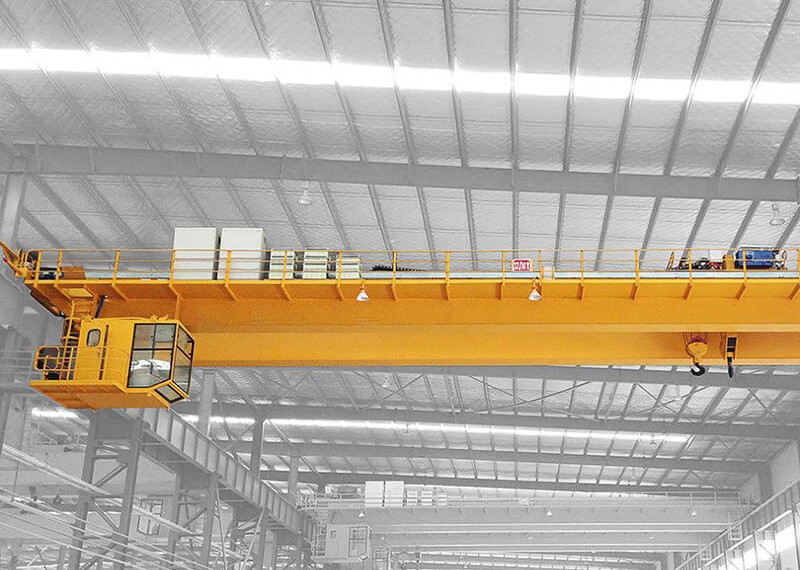
The serious harm of the electric hoist installed privately on the single-girder bridge crane
As one of the bridge cranes, the lifting mechanism of the single-girder bridge crane is an electric hoist, but the user found that an electric hoist could not meet the requirements during operation, so he wanted to build on the original foundation of the single-girder bridge crane. An electric hoist is added on the top.
However, this idea was rejected by professionals. On the one hand, it is because users cannot modify the crane privately, and on the other hand, because the processing of electric hoists may bring huge safety hazards to the crane, and it is easy to cause various safety accidents.
In people's consciousness, it is believed that as long as an electric hoist is added to a single-beam bridge crane, it can become a double electric hoist crane. As everyone knows, when the two electric hoists are working, their total weight may exceed the rated lifting capacity of the crane itself, which will cause the main beam of the crane to bend and deform, or even fall.
If it is a double electric hoist crane, safety devices to prevent collisions are usually installed between the electric hoists during production to ensure the safety of the equipment. But if the company installs it privately, there may be no such device. When the electric hoist is running, there is a danger of collision between the two and cause a production accident.
After the electric hoist is installed privately, the original control system in the single-beam bridge crane will not be able to meet the requirements of the modified use, thus seriously reducing the safety performance of the crane. once the operation is careless, it is very easy to cause various accidents to damage the equipment and even cause personal injury.
Moreover, we should correctly realize that the installation of electric hoists on single-beam bridge cranes belongs to the scope of crane transformation. It is necessary to formulate a transformation plan before construction, and perform relevant procedures and pass the acceptance before it can be put into operation. Otherwise, it will not be recognized.
It can be seen that after the single-beam bridge crane is retrofitted with an electric hoist, it should meet the basic requirements of anti-overloading, anti-collision safety, linkage conversion, etc., to avoid potential safety hazards during the transformation process.


